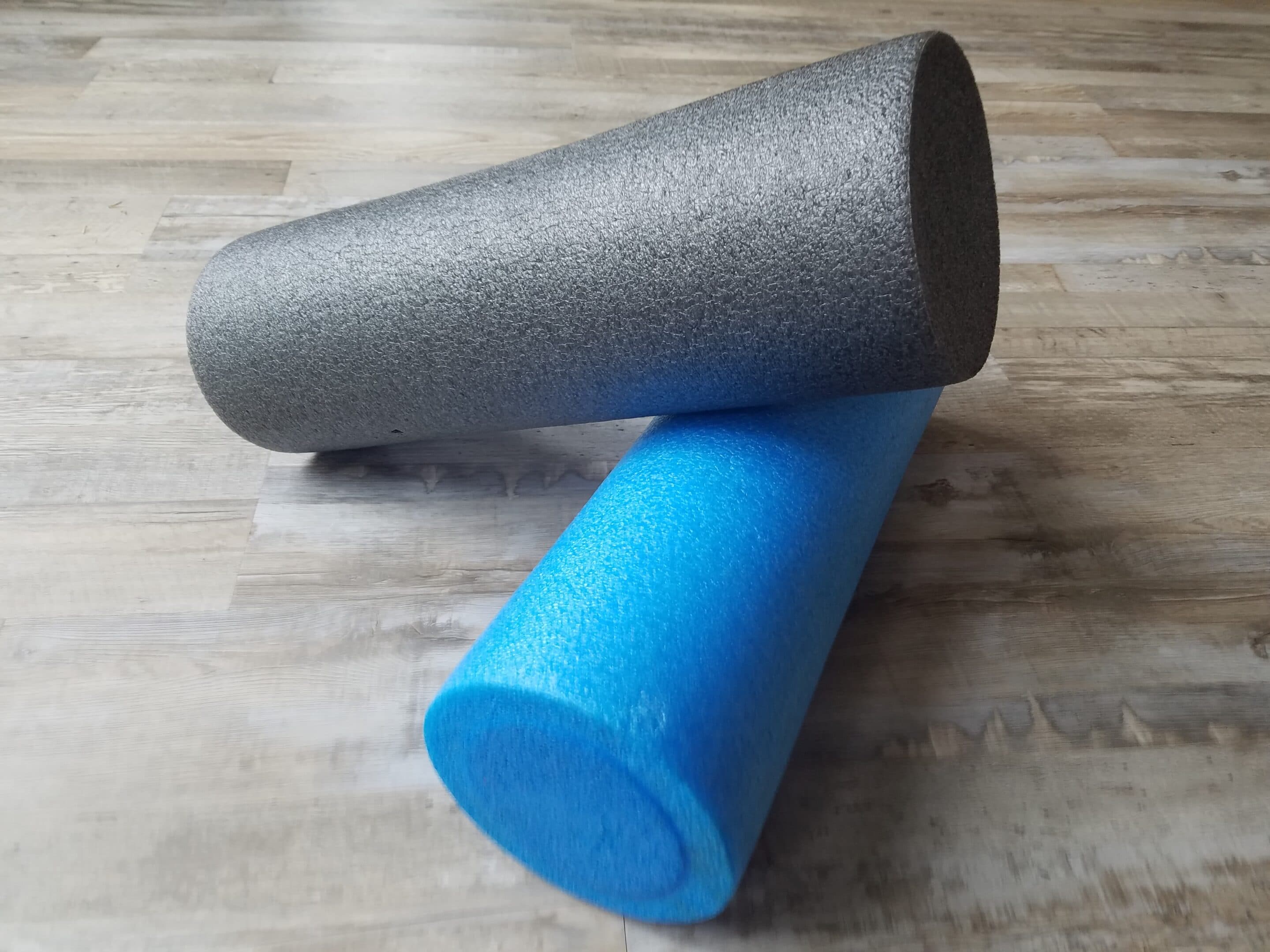Age-Specific Injury Prevention and Recovery

What can older endurance athletes do to minimize injury and speed recovery from injury when it occurs? Triathlon coach John Hansen shares his advice for our community of senior triathletes, duathletes, and other multisport athletes.
Introducing John Hansen
John Hansen is a USA Triathlon Level II, USA Swimming Level I, and USA Cycling Level III Certified coach. He coaches the University of California Davis Collegiate Club Triathlon team. He also has his own coaching business, focusing on long-course athletes, 70.3 and 140.6.
About one month ago, I read an article he had written for USA Triathlon titled Transitioning Back to Training After Injury. The article contained easy to follow guidelines for returning to training after injury. The guidelines he provided differed based on when in a training cycle the injury had occurred.
John’s advice for starting or restarting training is good advice for all of us. However, it is especially good for seniors training for their first triathlon.
The ’40-20 rule’ he described was new to me. This rule combines “training volume that is 40% of the volume you were at prior to the injury” with adding “20% of the new volume every 1-2 weeks”. We can modify the rule to be more conservative or more aggressive, depending upon the severity of the injury.
In the article, John also recommended adjustments to equipment and gear depending on where in the training cycle the athlete is.
How Age Affects One Coach’s Advice
John wrote the article for the general population of endurance athletes, not any specific age group. As I read, I was curious if he would change the approach if focused on the SeniorTriathletes.com demographic. So, I asked him the following question by email:
“How, if any way, might you change your advice if writing to 50-80+ year old triathletes, aqua-bikers, and duathletes?”
Following is John’s response, included here with his permission.
“Thank you for the question. With respect to the article, many of the points, especially the general points I made in the beginning of the article, are easily applied to triathletes in the 50+ age groups. However, there are several key elements this population should focus on to prevent injuries and optimize their transition back to training. All these elements are related to the injury recovery process, which takes longer for triathletes ages 50+. With that in mind, there are a few key prevention pieces of this puzzle to focus on:
Preventing Injury for Senior Endurance Athletes
First is strength training. Strength training for this age group is all about minimizing muscle mass loss, managing the quality of the muscle as it ages and sustaining connective tissue (tendons/ligaments/fascia) strength. Muscle mass decreases approximately 3–8% per decade after the age of 30 for non-active adults.
As triathletes, this population is helping to stem these issues, but the curve can be further reduced if the 50+ population engages in a full body strength routine 3x week. These positive benefits then result in a lower frequency and/or severity of injuries and ultimately a quicker recovery time.
Second is muscle pliability and connective tissue mobility. Muscles that are more pliable and connective tissue that allows for greater joint mobility, leads to lower frequency and/or severity of injuries and ultimately a quicker recovery time.
As we age, our muscles become less pliable because they retain less fluid, making them more rigid. Aging also affects connective tissue, reducing the mobility in our joints. Connective tissue loses fluid and collagen over time, making joints less mobile and more rigid and stiff. However, stretching, rolling, and myofascial release stimulate the production or retention of lubricants between the connective tissue fibers, thus preventing the formation of adhesions, creating more flexibility in muscles and greater mobility in joints.
The most vulnerable time for reinjury is when you feel normal as you return to training.
John Hansen, TRANSITIONING BACK TO TRAINING AFTER INJURY, October 14, 2022.
Recovery After Injury for Older Athletes
With respect to returning from an injury, key areas for this population [of senior endurance athletes] to focus on would be the following:
- Rebuilding volume and intensity modestly; follow a more conservative plan than what I discussed in the article.
- Follow a two-week training cycle instead of a one-week training cycle so the harder and/or long workouts can be spread apart with more rest or light training days in between these efforts.
- Follow walk-run protocols and minimize hill training on runs.
- Incorporate exercises, such as standing on one foot, standing on a wobble board or Bosu ball, to develop greater balance, coordination and proprioception.
- Spend more timing warming up to allow the body (muscles and connective tissue in particular) to be better prepared (enhanced blood flow, fluid in the joints, central nervous system and more) to tackle the main body of the workout.
Related post: Rest and Recovery: Why It’s Important for Senior Triathletes
How Has Your Recovery Changed With Age?
Do you have questions for John? Or, can you share your experience with recovering from injury? Post these in the Comments below.
Comments: Please note that I review all comments before they are posted. You will be notified by email when your comment is approved. Even if you do not submit a comment, you may subscribe to be notified when a comment is published.
